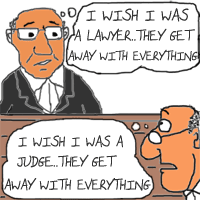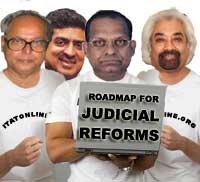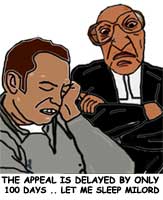The twin losses in quick succession on the depreciation front have put depreciation – aficionados in a sense of gloom. First, in Techno Shares & Stocks, they were told in no uncertain terms that their esoteric arguments on the intangible assets front was far fetched. Second, in Plastiblends, they were told that their gambit to extract maximum deduction u/s 80-IA while postponing the claim for depreciation for later years when the s. 80-IA relief would run out was not going to work.
To be fair to the aficionados, on the first part, the Legislature did lead them up the garden path by promising depreciation on virtually everything under the sun. The draftsman, probably having a moment of “goodwill” towards the taxpayers, drafted the term “intangible assets” to include not only all the known intangible assets like “knowhow, patents, copyrights, trademarks, licences and franchises” but also “any other business or commercial rights of similar nature”. Enthused by the seemingly unlimited scope of the definition, the aficionados set off a flurry of claims – on goodwill, non-compete fees, stock exchange card – there was no stopping them – if it looked intangible, it was depreciable!
The aficionados also displayed a remarkable sense of alacrity. When their argument that a stock exchange card is not a capital asset for purposes of wealth-tax and capital gains was successively thrown out by the Special Bench in Jagan Nath Sanyal 72 ITD 1 (Del) (SB) and R. M. Valliappan 103 ITD 63 (Che) (SB), they quickly recovered their wits and used the same arguments that had been used to decide against them to urge that they were entitled to depreciation. After all, if a stock exchange card is an “asset” liable to wealth-tax and is also a “capital asset” liable for capital gains, then surely it is also an “intangible asset” for purposes of depreciation, they argued.
Read more ›




